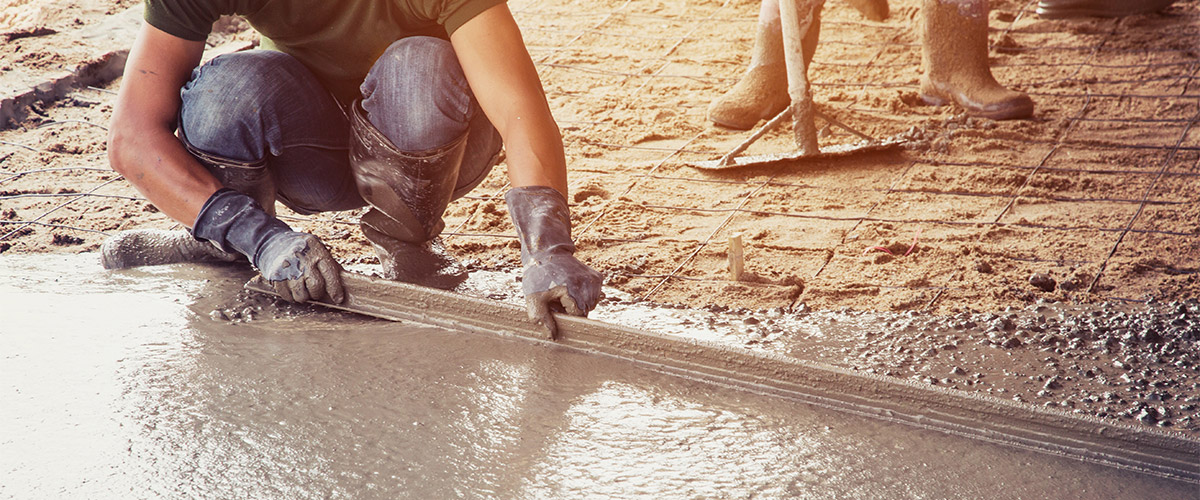
How do buildings become durable? Reinforced concrete is fundamental for big structures, making them firm and safe. Let's dive into how reinforced concrete is utilized in construction.
Introduction
Reinforced concrete is key for various construction projects, from buildings to bridges. Steel reinforcement bars ("rebar") are used as an internal framework for the concrete, giving it extra strength. This method has the chance to reduce materials needed when compared to other methods. When designing and constructing reinforced concrete structures, consideration must be presented to provide sufficient reinforcement.
Reinforcement bars come in different shapes, sizes, and strengths based on their intended use. The larger bars can withstand larger loads than smaller ones. They must be appropriately placed throughout the structure to provide maximum power. This requires knowledge of engineering principles and practices.
Reinforced concrete structures are reliable for large-scale constructions that meet modern resilience and robustness standards.
Basics of Concrete Reinforcement
Concrete is a fantastic material used in construction for thousands of years. But its strength increases when steel bars and cables are added as reinforcement. Rebar, short for reinforcing bar, is the most used type of steel. It comes in various shapes, sizes, and lengths. It can be bent into different shapes to form a robust skeleton framework.
Stranded wire cable, pre-stressed concrete, post-tensioning systems, high tensile steels, and fiber-reinforced polymer (FRP) are other forms of reinforcement. Each has advantages for strength or cost efficiency. Professionals trained for tough decisions choose the suitable material to complete projects safely and efficiently.
Different Types of Reinforcement
Concrete construction needs reinforcement for proper protection. There are various reinforcement options, from basic to complicated. Steel reinforcement is the most widely used. It helps spread stress evenly and raises resistance to cracking. Steel re-bars come in multiple shapes and sizes for different needs, like seismic, static load, or fatigue.
Fiber reinforcement also exists. Glass, carbon, or polypropylene fibers can be embedded into concrete on a macro or micro level. Microfibers like steel give more stiffness and strength than microfibers. Fiber-reinforced concrete has high ductility. This means it deforms before failing, making it useful for bridge decks or runways that need resistance to severe weather.
Advanced combos like FRP (fiberglass reinforced polymer) strips can sometimes replace steel reinforcing bars. FRP strips have more flexibility than steel. They distribute stress better, providing better seismic performance. They are used as vertical supports in tall constructions, like skyscrapers or bridges with long spans.
Benefits of Reinforcement
Reinforcing concrete has become vital in major constructions. Steel reinforcing bars, also known as rebar, are used to boost the strength and rigidity of concrete. This lets us build bridges, roads, sidewalks, and other elements. Reinforcements also make the material more dependable over time, and can reduce shrinkage when curing.
The key advantages of reinforcing concrete are: increased tensile strength, ductility and workability; increased compressive strength; enhanced durability under impact loading or vibration-induced forces; improved resistance to cracking caused by shrinkage or uneven thermal stress. In cases where steel reinforcement is implemented, the overall cost can be cut due to a decrease in weight.
Applications of Reinforcement
Reinforcement is key for high-quality concrete construction. It gives the concrete greater strength, durability and resistance to cracking.
Generally, reinforcement is used in 3 ways:
1. Steel bars or wire mesh. Steel bars are best for larger projects like bridges or tall buildings. Extra support is necessary for safety. Wire mesh is cheaper and works well for smaller structures, like patios and driveways.
2. Fibers. A popular form of reinforcement due to its flexibility and ease of use. Fibers can be natural (sisal or jute) or synthetic (plastic or steel). They provide extra tensile strength to resist cracking due to environmental conditions.
3. Polymers. Added during mixing to reduce permeability, improve workability, and increase compressive strength. These polymers reduce the need for steel bars or wire mesh and make pouring easier. They are increasingly popular in construction to reduce costs without compromising performance.
Conclusion
Reinforced concrete is versatile and robust, often used in construction projects. Steel bars are placed in the concrete to strengthen corners and other places. Fiber-reinforced plastic can also be used instead of steel.
Chemical admixtures can be added to the mix to increase strength, improve waterproofness, reduce cracking, and make it easier to use. The sub grade must be prepared carefully too, or the concrete can weaken.
With proper design, material selection, sub grade preparation, installation, curing, and protection, reinforced concrete is an excellent base for many structures.


